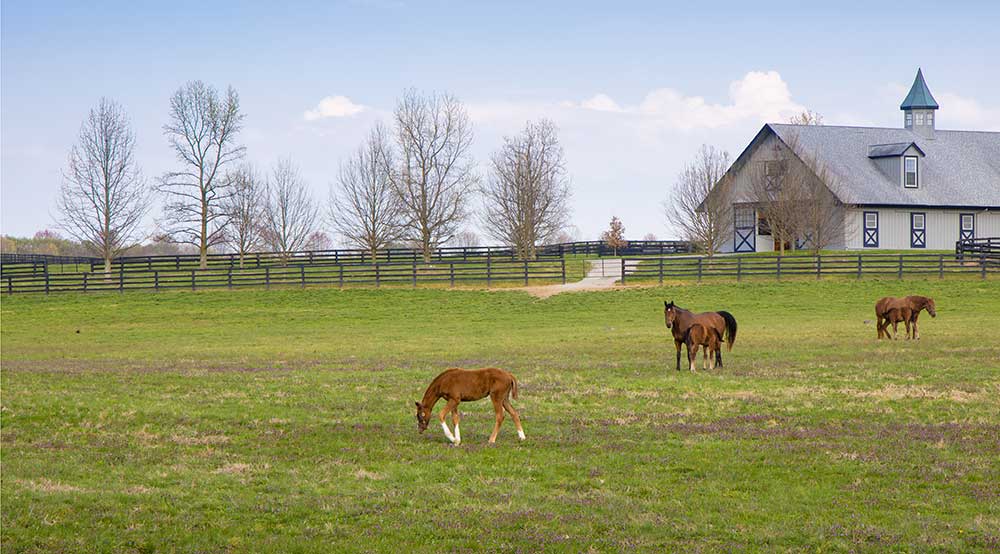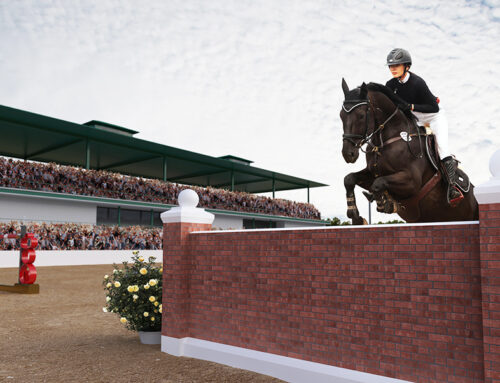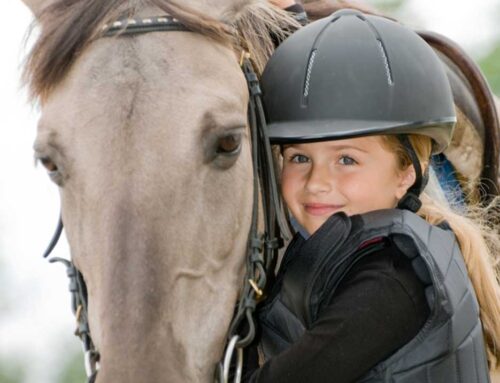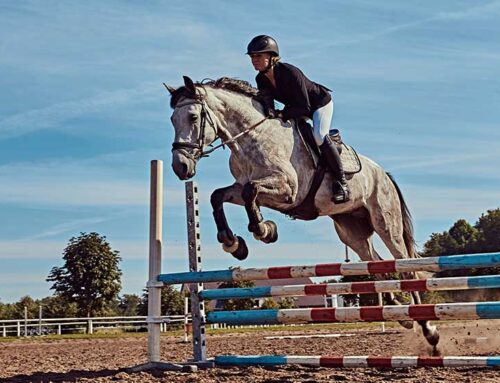Get to know these farmowner’s insurance basics. Farmowner’s insurance is referred to as a package policy in that it is designed to meet the needs of most equine farmowners by providing a modular format. This format offers a large variety of property and liability forms to choose from giving the insured the ability to tailor the policy to meet their individual needs property insurance for dwellings and barns, personal liability as well as equine commercial liability insurance can all be combined into one policy.
How is the cost of farmowner’s insurance determined?
Basic rating includes coverage for the principal farm residence and personal liability exposures much like a typical homeowners policy. Rating the farm premium must take into consideration more variables such as how much insurance you carry on each building and the size of the deductible Additional factors include the number of acres, the location and proximity to fire protectmn. Building construction and type are a factor as some buildings are more fire resistant or more vulnerable to damage than others. The commercial equine liability exposures and limits of liability you choose are also factored in to the total cost It stands to reason that the higher the nsk – the higher the premium.
How does all-risk coverage differ from named-peril coverage?
Typically, policy holders choose the Special form for the principal residence. This all-risk coverage insures against every direct cause of physical loss or damage except those specifically excluded in the policy such as flood or war. When covering the farm barns and farm personal property, individual choices vary between selecting the Special form or named perils (i.e fire or lightning, windstorm or hail, and vandalism), replacement cost or actual cash value insurance.
How can the cost of farmowner’s insurance be reduced?
One way to keep farmowner’s insurance costs down while maintaining adequate protection for your family, property and belongings is to increase the size of your deductible. A deductible is the agreed amount that you would be responsible for in case of a loss. The higher the deductible, the lower your premium will be. A farmowners policy provides you with a split deductible choice – that is you may opt for a different deductible on the dwelling property coverage and the farm property coverages respectively. Determine how much of a loss you are willing to absorb and then choose a deductible you can afford.
You may also be eligible for lower premiums if you have certain protective devices installed in your home such as a burglar alarm, fire alarm and smoke detectors. The total premium may also be subject to Individual Risk Premium Modification (1RPM) factors. These are credits or debits that can be applied to recognize characteristics of the risk that are not contemplated in the rates. Examples of these characteristics include care and condition of the premises, the insured’s cooperation with insurer’s safety recommendations, and structural features.
Given the complexity of the farmowners insurance package and the multitude of choices available to you, it is wise to compare policies and to work with an equine insurance specialist for guidance. You want to be completely satisfied that your policy is sufficient to meet your needs and does not have any gaps in coverage that you may not be aware of.






